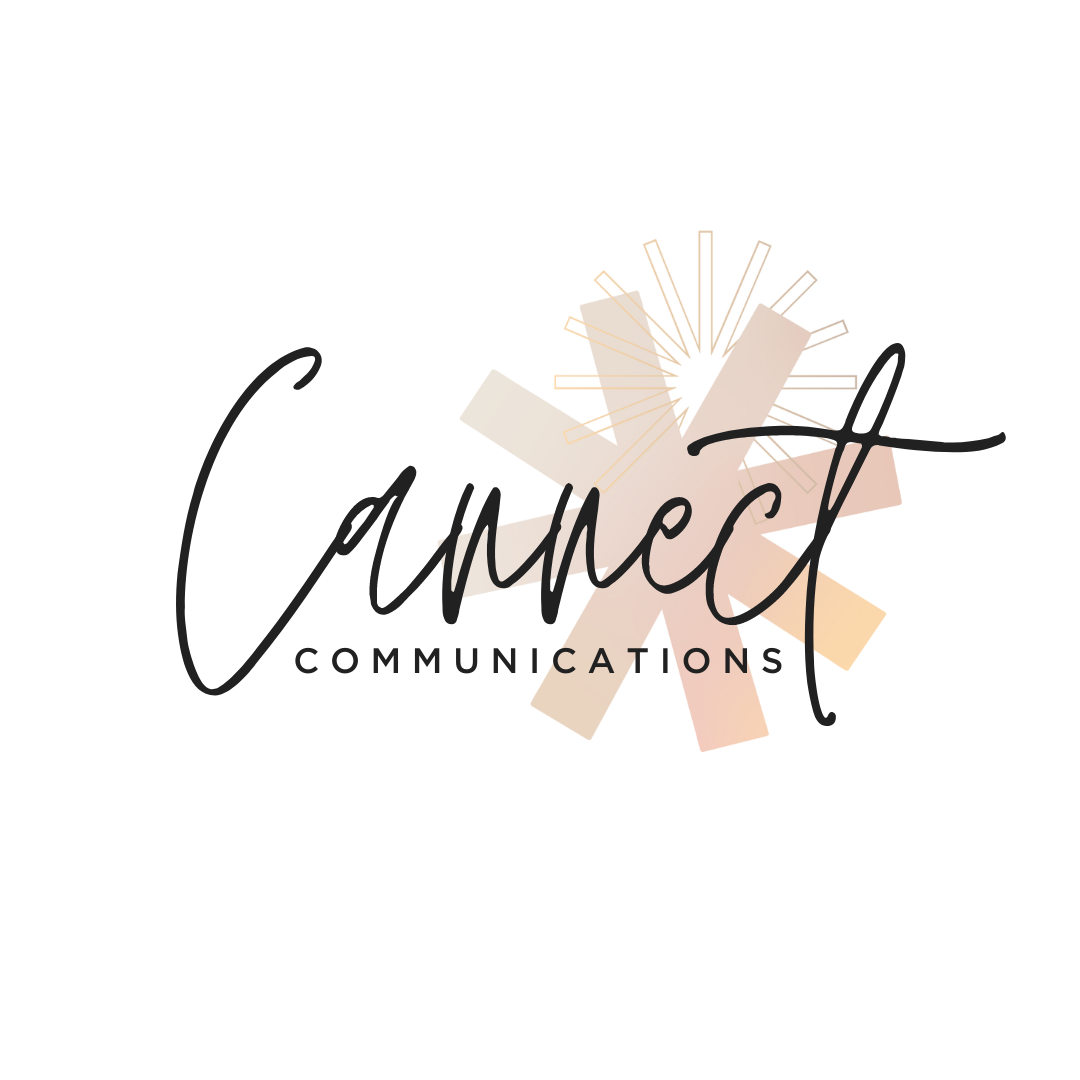How To Determine Your Marketing Frequency
- Nicole Hailwood

- Mar 25
- 3 min read

When it comes to marketing frequency, the answer isn't one-size-fits-all (soz!). Like anything strategic, it depends on a few key factors. Understanding these can help you craft a strategy that works for your business (and for you) - without annoying your audience.
So, how do you determine how often you should be marketing?
It starts with two fundamental questions:
How often do I need them? (How many clients or sales do I need to run my business?)
How often do they need me? (How frequently do my clients return or repurchase?)
UNDERSTANDING YOUR SALES AND CLIENT FREQUENCY
The first question is about knowing your numbers. If you're a solo business owner selling a time-based service, your capacity will be very different from a larger company with multiple staff or a product-based business that relies on volume sales. Before diving into any marketing, get clear on how many clients or sales you need to sustain and grow your business. Stay conscious of what you can feasibly handle too - nothing kills a business faster than overcommitting and underdelivering.

The second question helps you understand how often people actually need what you offer. A café might attract daily customers, while a beautician sees clients every six weeks. A celebrant? Hopefully just once in a lifetime. A business with low return rates, but high sales goals will need a more aggressive marketing strategy than one that only needs a couple of returning clients each month.
BALANCING MARKETING FREQUENCY - WITHOUT BEING ANNOYING
There’s a fine line between staying top-of-mind and being a nuisance. People are more protective than ever of their digital space, so if you're spamming them with irrelevant content, they’ll tune out fast.
Instead, consider:
Are you selling high-ticket or low-ticket items? (Does your audience need time to consider, or is it an easy, impulse buy?)
Where are people in the marketing funnel? (New prospects need more nurturing, repeat customers might just need a quick reminder.)
Are you providing value with each touchpoint? (People engage when content is relevant and useful.)
STRATEGIES FOR HIGH-FREQUENCY VS. LOW-FREQUENCY BUSINESSES
If your business thrives on repeat customers (like a café or beauty salon), focus on:
Retention & Loyalty
An epic experience keeps people coming back (and telling their friends). Make rebooking or repurchasing easy.
Incentives
Think coffee cards, subscription savings, or surprise perks.
Community Engagement
Acknowledge and share user-generated content, connect clients with each other, and involve them in your brand’s mission.
If you run a low-frequency business (like real estate or high-end furniture), your focus should be on:
Brand Awareness & Lead Generation
Paid ads, PR, events, and thought leadership to help attract new clients.
Nurturing & Long-Term Engagement
A well-timed email, a valuable blog, or educational content keeps you on their radar without overwhelming them.
The Gist of it All
Before you set your marketing schedule, ask yourself:
How often do I need to make a sale or booking?
How often are my clients likely to return?
Is buying from me a quick or slow decision-making process?
How often do people at each stage of the funnel need to hear from me?
Once you have clarity on these, your marketing frequency will start to make a lot more sense. And remember, before you pour money into ads or stress over constant content creation, make sure you're maximising the easiest wins first. There’s plenty of low-hanging fruit to pick before going all in on big-budget strategies.
Want help refining your brand and knowing the most effective strategies and frequencies for your business? A customised Brand & Marketing Strategy is the way to go.
With good vibes,





